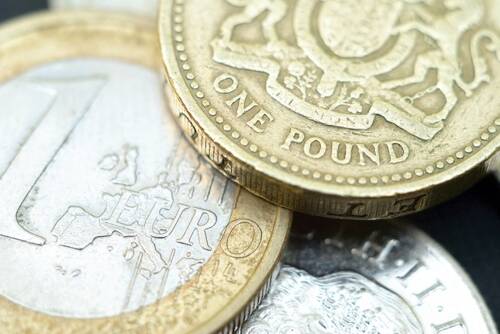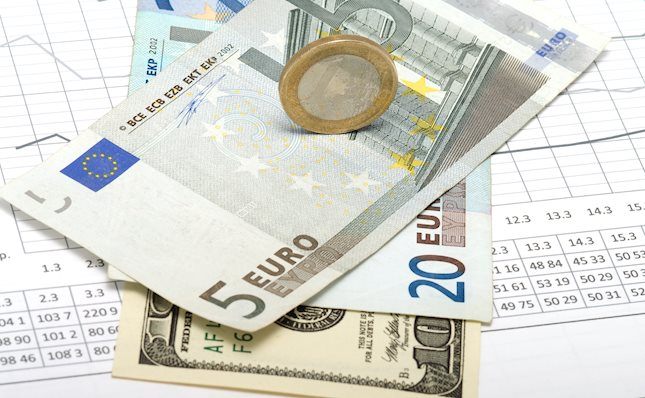In Friday’s session, the EUR/GBP exhibited a slight upward movement, settling at 0.8535, signaling a minor reprieve for bears after the substantial push in January. The cross concluded its sixth consecutive week in the red. The Bank of England’s perceived dovish stance on Thursday contributed to the weakening of the GBP, providing a backdrop for the modest gains in EUR/GBP.
Despite a neutral to bearish sentiment observed on the daily chart, sellers seem to be momentarily pausing their actions after a January decline exceeding 1.60%. On the weekly chart, indicators continue to reflect a predominantly negative outlook, indicating the sustained dominance of sellers.
The Bank of England’s decision on Thursday, marked by a dovish hold, resulted in a weaker Sterling. The omission of the ‘further tightening’ stance and a surprising vote for a rate cut by Swati Dhingra contributed to market expectations of rate cuts, potentially starting in Q2.
Analyzing the technical aspects, the daily chart portrays a negative outlook with the Relative Strength Index (RSI) attempting to counteract bearish sentiments. The Moving Average Convergence Divergence (MACD) remains bearish, but the diminishing red histogram bars indicate a potential pause in bearish momentum. The pair’s position below the 20-day, 100-day, and 200-day Simple Moving Averages (SMAs) underscores the prevailing bearish sentiments.
On the weekly chart, similar patterns emerge, reinforcing the overall bearish sentiment. The RSI maintains a negative trajectory, and the MACD, echoing its daily counterpart, exhibits decreasing red bars. Despite the six consecutive weekly losses, a consolidation phase next week could pave the way for potential upward movements in the short term.







